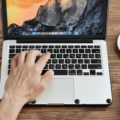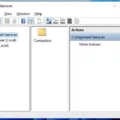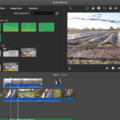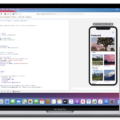The release of the Big Sur update brought about several improvements and new features to Mac users. However, some users have reported experiencing overheating issues with their devices after installing the update. In this article, we will explore the possible causes of Mac overheating and provide some solutions to help you address this problem.
One of the main reasons for Mac overheating after the Big Sur update is the increased strain on the CPU or graphics card. This can occur when you have multiple resource-intensive apps or tasks running simultaneously. For instance, having too many browser tabs open, multitasking between demanding applications like video editing software or gaming, or running outdated software can all contribute to excessive heat generation.
To address this issue, you can start by checking the CPU usage on your Mac. Open the Activity Monitor from the Utilities folder in the Applications folder and navigate to the CPU tab. This will provide you with information on the processes that are utilizing the most CPU power. By identifying resource-hungry tasks, you can choose to close unnecessary applications or browser tabs to reduce the strain on your Mac’s CPU.
Another factor that can contribute to Mac overheating is the presence of excessive login items and launch agents. These are applications or services that automatically start up when you log in to your Mac. Having too many of these can consume system resources and lead to overheating. To address this, go to System Preferences, click on Users & Groups, and select your username. Then, click on the Login Items tab and remove any unnecessary applications from the list.
Additionally, quitting unused apps can help alleviate the strain on your Mac’s resources. Check the applications that are currently running and close those that are not actively being used. This will free up system resources and reduce the heat generated by your Mac.
Resetting the System Management Controller (SMC) is another troubleshooting step that can help resolve overheating issues. The SMC is responsible for managing power-related functions on your Mac, and resetting it can sometimes resolve temperature-related issues. To reset the SMC, shut down your Mac, then press and hold the power button for 10 seconds. Release the button and start your Mac normally.
It is also important to avoid exposing your Mac to direct sunlight or other sources of excessive heat. Direct sunlight can significantly increase the temperature of your device, leading to overheating. Make sure to keep your Mac in a cool and well-ventilated area to prevent unnecessary heat build-up.
Physically cleaning your Mac can also contribute to keeping it cool and preventing overheating. Dust and debris can accumulate in the vents and fans of your device, obstructing airflow and causing it to heat up. Use compressed air or a soft brush to gently clean the vents and fans, removing any dust or debris that may have accumulated.
Running maintenance tasks on your Mac can also help improve its performance and prevent overheating. Use disk utility to verify and repair any disk permissions or errors, and consider using third-party maintenance tools to optimize your system.
If you are experiencing overheating issues on your Mac after the Big Sur update, it is important to check the CPU usage, close unnecessary browser tabs and applications, remove excessive login items, and reset the SMC. Additionally, keeping your Mac in a cool and well-ventilated area, physically cleaning it, and running maintenance tasks can all help alleviate overheating problems. By taking these steps, you can ensure that your Mac runs smoothly and efficiently, even after major updates like Big Sur.
Why is Your MacBook Running Hot After Big Sur Update?
After updating to the Big Sur operating system on your MacBook, you may notice that your device is running hotter than usual. This is a common issue that many users experience after a major upgrade. There are a few reasons why this might be happening:
1. Indexing: After the update, your MacBook needs to re-index all the files and data on your system. This indexing process can be resource-intensive and may cause your device to generate more heat than usual. The indexing process usually takes some time to complete, so it’s normal to experience increased heat during this period.
2. Background processes: Upgrades often introduce new features and improvements, which require additional background processes to run. These processes can consume more CPU power and result in increased heat generation. Some examples of these processes include new indexing for features like Photos or enhanced search functionalities.
3. System optimization: Big Sur brings various optimizations and improvements to enhance your Mac’s performance. These optimizations may involve adjusting system settings, updating drivers, and reconfiguring various components. During this optimization process, your MacBook might use more system resources, leading to increased heat production.
To mitigate the issue of your MacBook running hot after the Big Sur update, you can follow these steps:
1. Give it time: The indexing and optimization processes can take a while to complete. Avoid shutting down or logging out of your system for a day or so, allowing it to finish these background tasks. Eventually, your MacBook should return to normal operating temperatures.
2. Close unnecessary applications: Running multiple applications simultaneously can put a strain on your system and contribute to increased heat generation. Close any unnecessary apps or processes that you are not actively using to reduce the workload on your MacBook.
3. Check for updates: Make sure that all your applications and software are up to date, as outdated software may not be optimized for the new operating system. Check for updates from the App Store or the official websites of your installed applications.
4. Keep your MacBook well-ventilated: Ensure that your MacBook has proper airflow by keeping it on a hard, flat surface. Avoid using it on soft surfaces like pillows or blankets, as they can obstruct airflow and lead to overheating.
5. Reset SMC and PRAM: If the issue persists, you can try resetting the System Management Controller (SMC) and Parameter RAM (PRAM) on your MacBook. These resets can help resolve various system-related issues and may help regulate temperature.
By following these steps, you should be able to alleviate the heat-related issues on your MacBook after the Big Sur update. Remember that it is normal for your device to experience increased heat during major upgrades, but it should return to its normal temperature once the background processes are completed.
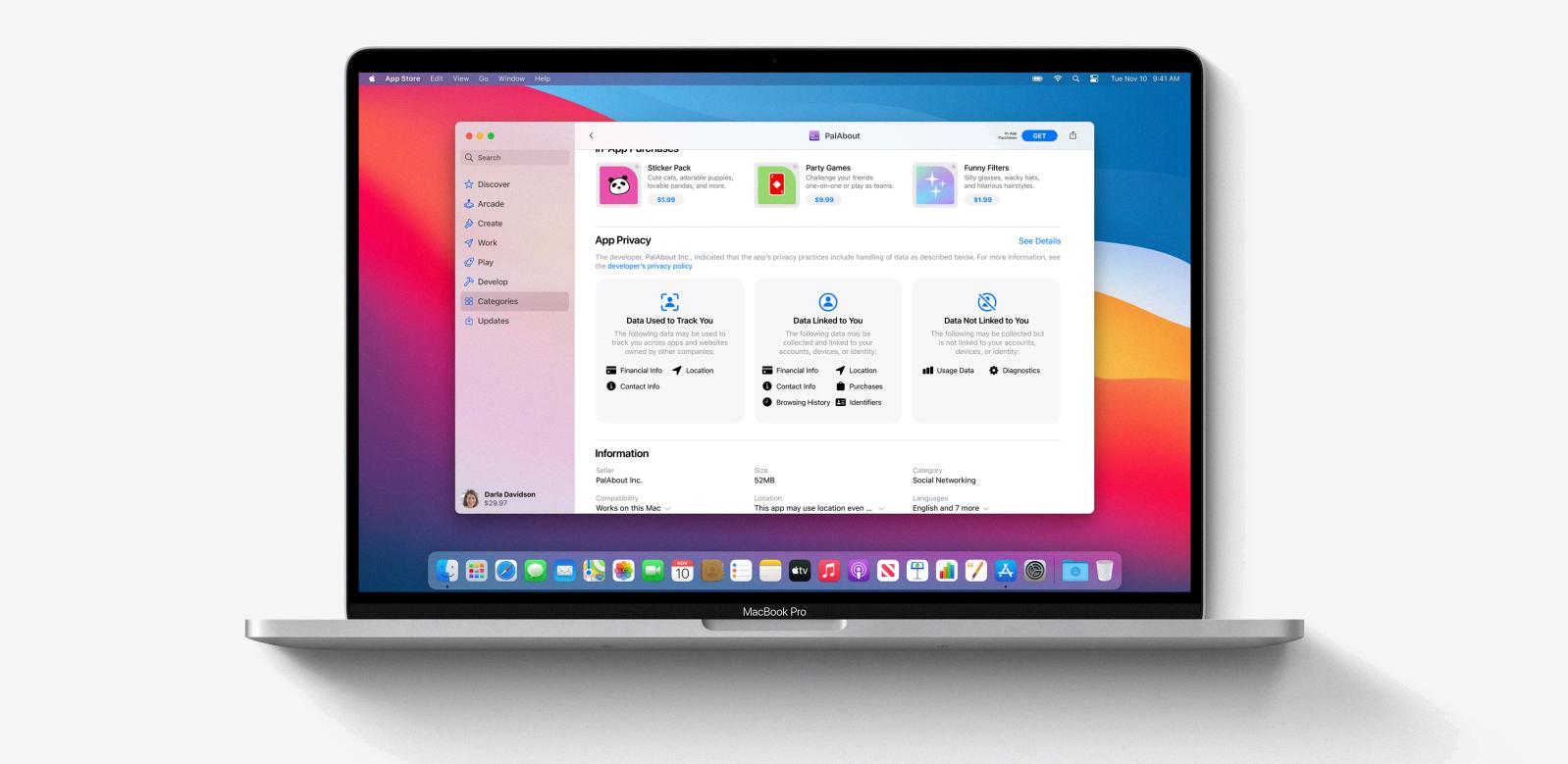
Why is Your Mac Suddenly Overheating?
There are several reasons why your Mac may suddenly start overheating. Let’s delve into each of them:
1. High CPU or graphics card strain: When your Mac’s central processing unit (CPU) or graphics card is under too much strain, it can lead to overheating. This strain can be caused by various factors such as running multiple resource-intensive applications simultaneously, having too many browser tabs or windows open, or engaging in tasks that require significant processing power like video editing or gaming.
2. Outdated software: Outdated software can also contribute to overheating issues. Older versions of operating systems or applications may not be optimized for the latest hardware, leading to inefficient resource usage and increased heat generation. It is crucial to regularly update your Mac’s software to ensure compatibility and performance enhancements.
3. Malware: Malicious software, commonly known as malware, can also cause your Mac to overheat. Certain types of malware run processes in the background, consuming excessive CPU power without your knowledge. This can lead to increased heat generation and subsequent overheating. To mitigate this, it is crucial to have reliable antivirus software installed and perform regular scans to detect and remove any potential threats.
Why is Your MacBook Pro Freezing After Big Sur Update?
There could be several reasons why your MacBook Pro is freezing after updating to Big Sur. Here are some potential causes:
1. Compatibility Issues: The new macOS update might not be fully compatible with your specific MacBook Pro model or its hardware components. This can lead to freezing issues as the software struggles to work smoothly with the hardware.
2. Insufficient System Resources: Big Sur is a feature-rich operating system that requires a certain level of system resources to run smoothly. If your MacBook Pro has limited RAM or storage space, it may struggle to handle the demands of the new update, leading to freezing.
3. Software Incompatibility: Some third-party applications or drivers installed on your MacBook Pro may not be compatible with Big Sur. When these incompatible software components interact with the updated operating system, it can cause freezing or instability.
4. Corrupted System Files: During the update process, certain system files may have become corrupted or damaged. This can cause conflicts and lead to freezing issues.
5. Background Processes: Certain background processes or tasks running on your MacBook Pro may be consuming excessive system resources, resulting in freezing. These processes could be related to apps, services, or even malware.
To troubleshoot and resolve the freezing issue, you can try the following steps:
1. Restart your MacBook Pro: Sometimes, a simple restart can fix temporary glitches or conflicts that may be causing freezing.
2. Check for Updates: Ensure that you have installed all available software updates for your MacBook Pro, including macOS updates and app updates. These updates often include bug fixes and compatibility improvements.
3. Free up System Resources: Delete unnecessary files, clear caches, and close any unused applications to free up system resources. This can help your MacBook Pro run more smoothly and reduce the chances of freezing.
4. Reset NVRAM/PRAM: Resetting the non-volatile RAM (NVRAM) or parameter random-access memory (PRAM) can help resolve certain system-related issues. To do this, restart your MacBook Pro and hold down the Command + Option + P + R keys until you hear the startup chime twice.
5. Safe Mode: Booting your MacBook Pro in Safe Mode can help identify and isolate software-related issues. Follow the steps mentioned earlier in this conversation to boot your Mac in Safe Mode and then try updating your apps or performing further troubleshooting.
If the freezing issue persists after trying the above steps, it may be worth contacting Apple Support or visiting an authorized service center for further assistance.
How to Stop Mac From Overheating?
To prevent your Mac from overheating, there are several steps you can take:
1. Check CPU usage: Open the Activity Monitor (found in the Utilities folder within the Applications folder) and monitor the CPU usage. If it is consistently high, it may be causing your Mac to overheat.
2. Close unnecessary browser tabs: If you have multiple tabs open in your web browser, especially ones with resource-intensive content like videos or graphics, close the ones you’re not actively using. This can help reduce strain on your Mac’s CPU and prevent overheating.
3. Check login items and launch agents: Some applications may be set to launch automatically when you start your Mac, consuming system resources and causing overheating. Review and remove unnecessary login items and launch agents in the Users & Groups section of System Preferences.
4. Quit unused apps: Similar to closing browser tabs, quitting unused applications can free up system resources and reduce strain on your Mac’s CPU. Use the Command + Q shortcut or right-click on the app’s icon in the Dock and select Quit.
5. Reset the System Management Controller (SMC): The SMC controls several hardware functions on your Mac, including thermal management. Resetting it can help resolve overheating issues. The process varies depending on your Mac model, so refer to Apple’s support documentation for instructions specific to your device.
6. Avoid direct sunlight: Exposing your Mac to direct sunlight or placing it near a heat source can contribute to overheating. Keep your Mac in a well-ventilated area away from direct sunlight and heat-emitting devices.
7. Physically clean your Mac: Dust and debris can accumulate inside your Mac, obstructing airflow and causing it to overheat. Use compressed air or a soft brush to clean the vents, keyboard, and other external surfaces. Be cautious and follow Apple’s guidelines to avoid damaging your device.
8. Run maintenance tasks: Regularly running maintenance tasks such as repairing disk permissions, clearing caches, and deleting unnecessary files can help optimize your Mac’s performance and prevent overheating. Utilize built-in tools like Disk Utility or third-party maintenance apps to perform these tasks.
By following these steps, you can minimize the chances of your Mac overheating and ensure its optimal performance.
Conclusion
Mac computers, including the MacBook, are powerful and reliable devices that offer exceptional performance. However, they can sometimes encounter overheating issues, especially after major upgrades or when subjected to heavy workload.
One of the main causes of overheating is excessive strain on the Mac’s CPU or graphics card. This can occur when there are too many open windows or browser tabs, when multitasking between resource-consuming apps, or when engaging in tasks like video editing or gaming. It is important to manage your system resources effectively and avoid overloading your Mac.
Outdated software or the presence of malware can also contribute to overheating problems. Keeping your software up to date and regularly scanning for malware can help prevent such issues.
If your Mac is experiencing overheating, there are several steps you can take. First, check the CPU usage to identify any processes that may be causing excessive strain. Close unnecessary browser tabs and quit unused apps to reduce the workload on your Mac. You can also check your login items and launch agents to ensure that no unnecessary processes are running in the background.
Resetting the System Management Controller (SMC) can also help resolve overheating issues. This can be done by turning off your Mac, pressing and holding the Shift + Control + Option keys along with the power button for 10 seconds, and then releasing all the keys and turning on your Mac again.
Additionally, it is important to provide proper ventilation for your Mac and avoid exposing it to direct sunlight. Dust and debris can also accumulate inside your Mac, blocking airflow and causing overheating. Regularly cleaning your Mac, both physically and through maintenance tasks, can help prevent overheating.
While Macs are generally well-designed and efficient, they can still experience overheating issues. By managing system resources, keeping software up to date, and taking preventive measures, you can ensure optimal performance and avoid overheating problems with your Mac.


